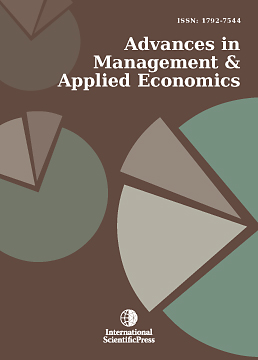Advances in Management and Applied Economics
Macroeconomic Dynamics and Growth in The Gambia: Evidence from Cointegration and Granger Causality Analyses
-
 [ Download ]
[ Download ]
- Times downloaded: 308
Abstract
This study employs time series econometric techniques to examine the dynamic relationship among economic growth, money supply, exchange rate and inflation in The Gambia over the period 1966 to 2023. The empirical findings reveal the existence of a long-run equilibrium relationship among the variables, with money supply exerting a significant positive influence on economic growth. Granger causality tests indicate a unidirectional causality running from real GDP to the exchange rate, while inflation does not exhibit any significant causal linkage with the other variables. The Vector Error Correction Model (VECM) further underscores the pivotal role of money supply in driving long-term growth, highlighting the importance of prudent monetary policy and exchange rate stability for sustainable economic development. Additionally, the analysis reveals that the trends in the time series data are consistent with the statistical results in which money supply and economic growth are positively correlated in the long run, whereas exchange rate depreciation tends to fuel inflation. These findings underscore the critical importance of maintaining currency stability to support The Gambia’s macroeconomic performance.
JEL classification numbers: E51; E31; F31; O47; C32; F43.
Keywords: Economic Growth, Money Supply, Exchange Rate, Inflation, Granger Causality, Cointegration.
